The Mount St. John Nature Preserve covers more than 100 acres of oak-hickory woodland, natural and created wetlands, Eastern tallgrass prairie, and meadow. The front field lies in the floodplain of the Little Beaver Creek, and the trail to the woods crests a glacial esker that is one of the highest points in Greene County. This diversity supports an impressive variety of plant and animal life, including an estimated 425 plant species, nearly 60 butterflies and more than 100 birds.
Historically, this was part of the “land between the Miamis” that supported hunting tribes by 1200 AD. Later, the Shawnee called the area home, and Chief Tecumpseh was born just 20 miles to our east. Beginning in 1806, this land was part of the East Family Farm of the Watervliet Shaker Community. In 1912, the Marianists built their new novitiate, St. Anne’s, having outgrown their space at St. Mary’s Institute, now the University of Dayton.
The brothers farmed the land until the mid-1960s. In 1985, Interstate 675 cut across the old farm, and 75,000m3 of sand and gravel was excavated from a large borrow pit for the new highway’s substrate. The 17-acre, 40-feet deep pit reached all the way to the groundwater, and was devoid of all soil and vegetation. It was an example of primary succession, on which a new ecosystem would need to establish on glacial till.
Bro. Don Geiger, SM, Professor Emeritus of Biology at the University of Dayton, led the restoration effort on the site that now bears his name. He selected an Eastern Tall grass prairie, hoping the powerful root systems of the prairie grasses would succeed in colonizing the barren ground. He was right. Today, the prairie is one of our region’s most successful restored prairies, home to a variety of grasses and forbs, wet seeps and a pond.
Mount St. John was named an Ohio Natural Landmark in 1986 for its exceptional value in illustrating and interpreting the natural history of Ohio. Sixty-eight acres of woods and prairie were permanently protected by a conservation easement in 2016. The preserve is managed by the MEEC.




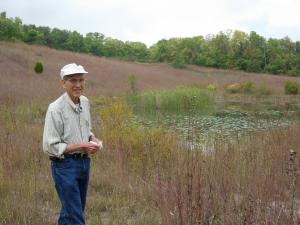



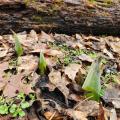
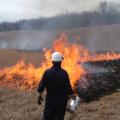
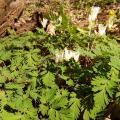
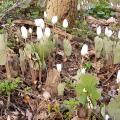
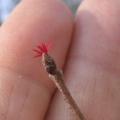



![By Jim McCulloch (Flickr: Chimney swift overhead) [CC BY 2.0]](https://meec.center/files/styles/thumbnail/public/field/image/Chimney_swift_overhead.jpeg)